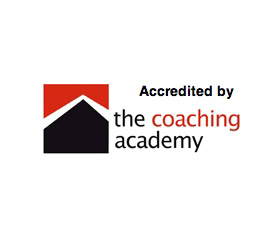Case Studies
CASE STUDY OF POST-MERGER GOVERNANCE REVIEW
A governance review with a national organisation which had merged with nine other organisations.
We facilitated focus groups with executive team members and trustees of the new merged organisation separately and with trustees and executive team members together. Participants talked about the values, beliefs, practices and norms that were important and which they would like to see in the newly merged organisation.
During the effectiveness review process we considered the purpose of the organisation’s work (eg the overview of the business strategy, its focus and its development), the process (eg the effectiveness of the board’s processes and reporting committees) and the people (eg board composition, succession planning processes and interaction with stakeholders).
The review successfully looked at (i) the fitness of the new governance structure (ii) processes – whether they were effective and efficient (iii) the quality of the meetings and how they contributed to good governance (iv) behaviours and norms and how an environment could be created in which all skills, talents, perspectives and contributions were appreciated and valued. All members of the executive team and board completed a questionnaire and had a 1:1 interview. We collated and analysed the results and identified strategic themes.
“Your style is fresh. You were knowledgeable, sound, you listened and cared. You came across as practical and knew how to apply theory to practice. We felt empowered because we were able to share our deepest concerns, fears, consider the range of options and come up with solutions that made a difference” (Chair)
Deliverables
We were able to help the board and staff determine their leadership presence. As a result of this review trustees and the executive team were able to clarify the values and beliefs of the new organisation that emerged from the merger. This is shaping their mindset and decision making framework currently.
Trustees and executive team were able to clarify expectations, roles and agree the best way to work collaboratively internally and externally. The evaluation of the effectiveness of the board overall and the evaluation of the effectiveness of each board member resulted in suggestions for improvement and a board action plan which was signed up to by the board and became a standing item on the board agenda to monitor its progress.
Participants were able to evaluate whether the processes and procedures were in place that would lead to better governance.
A handbook (both online and hard copies) – this contained role descriptions, person specifications, relevant policies , contact details.
A code of conduct and conflict of interest policy which all board members signed up to.
The board effectiveness process was so successful that the board and staff agreed to have a board effectiveness review every three years with an independent party and an annual self assessment review every eighteen months.






